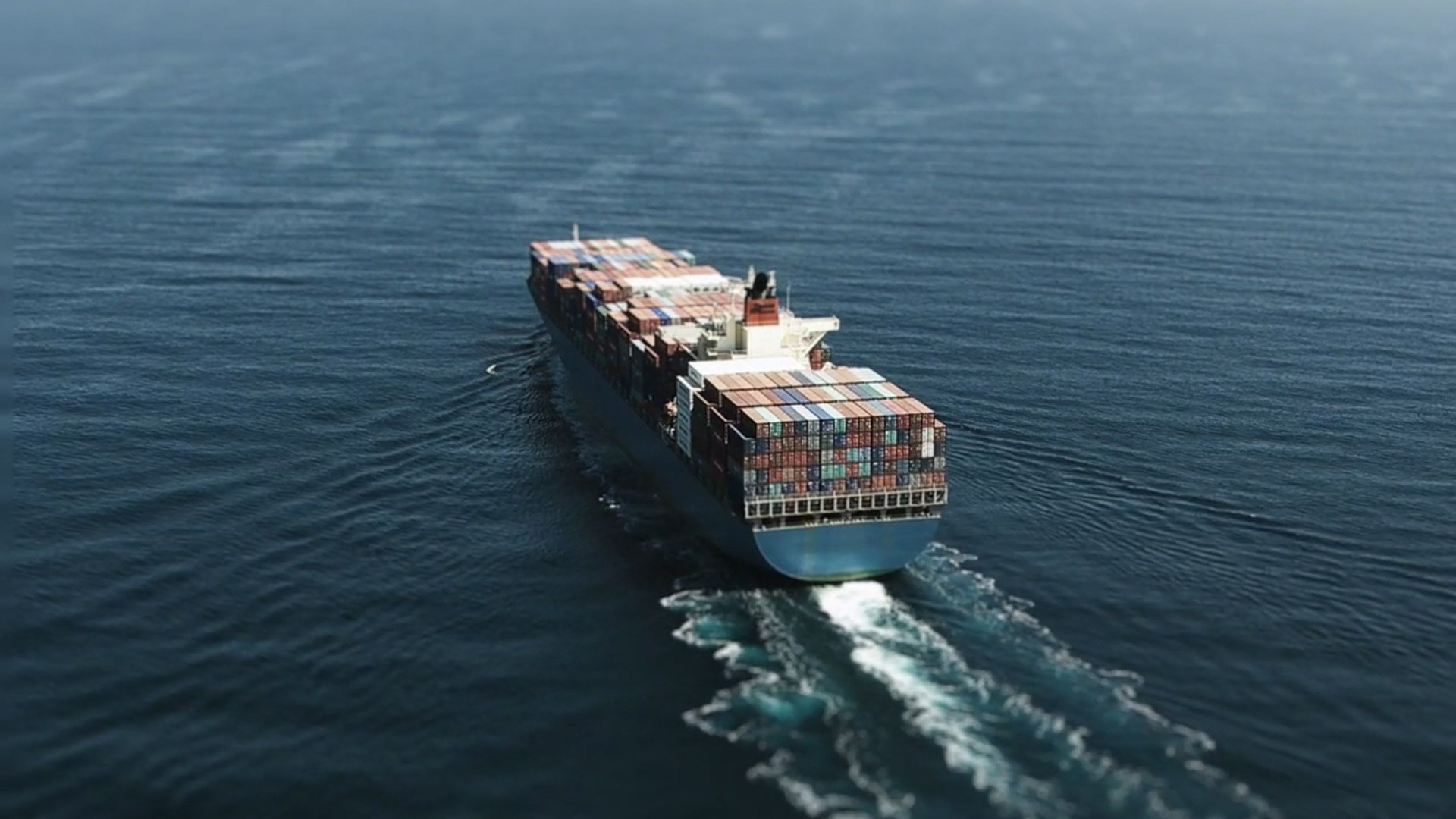The air freight forwarding industry in Europe is undergoing a significant transformation thanks to a range of technological innovations. Each of these, from advanced cargo tracking with IoT to the automation of sorting and handling, introduces improvements that enhance...
The air freight forwarding industry in Europe is undergoing a significant transformation thanks to a range of technological innovations. Each of these, from advanced cargo tracking with IoT to the automation of sorting and handling, introduces improvements that enhance efficiency, strengthen security, and promote sustainability in the sector.

Advanced Cargo Tracking with IoT
Integrating IoT (Internet of Things) technology into air freight forwarding has significantly improved cargo tracking. IoT devices, including sensors and RFID tags, now offer real-time updates on cargo location and condition. This is particularly beneficial for shipments that are time-sensitive or condition-critical, including transport of perishable goods needing timely delivery, pharmaceuticals requiring constant temperature control, and high-value electronics sensitive to both time and environmental factors. This tracking capability enables carriers to monitor onboard conditions and anticipate potential transit delays, which effectively reduces risk for freight forwarders.
Automated and Robotic Systems
Technologies such as high-speed automated sorters, robotic palletizers, and self-navigating forklifts are transforming how cargo is processed. High-speed automated sorters, for instance, can rapidly organize cargo based on destination, size, or type, while robotic palletizers stack goods for transport and ensure optimal space utilization and cargo safety. Self-navigating forklifts and drones in large warehouses further streamline the movement and tracking of goods.
The adoption of these advanced technologies enables freight forwarders to enhance their reliability and capacity and meet client demands more effectively in the dynamic market of air freight in Europe.
Telematics
Telematics technology provides real-time data on aircraft performance, including aircraft location and flight paths. This information is important for ground freight forwarders to ensure their operations are in sync with airline schedules. Access to up-to-date data on flight arrivals and departures allows them to plan and execute cargo handling more efficiently. This helps minimize delays and ensures a smoother flow in the supply chain.
Digital Freight Platforms
The rise of digital freight platforms has significantly changed the way air freight forwarders and shippers connect. These platforms aggregate information from multiple carriers and provide forwarders with a comprehensive view of available flight options. Logistics operators can filter them based on criteria like flight schedules, cargo space availability, and cost efficiency. The automated nature of this process speeds up booking and reduces the likelihood of errors that can occur with manual data entry and communication.
3D Printing
The use of 3D printing in the manufacturing of aircraft parts has streamlined the maintenance process. Traditionally, airlines stock a wide range of spare parts, such as turbine blades and fuel nozzles which are known for long lead times.
3D printing allows for the on-demand production of parts which shortens repair wait times and enables more efficient maintenance. As a result, aircraft spend less time grounded, and more time is available for flights. This situation creates a more predictable flight schedule for forwarders and allows for more efficient planning of their operations. Additionally, with less investment in inventory, airlines can potentially pass on these savings to forwarders in the form of lower freight charges, which in turn enables them to offer better rates to their clients.
The post Technological Innovations Reshaping Air Freight Forwarding in Europe appeared first on International Forwarding Association Blog.














